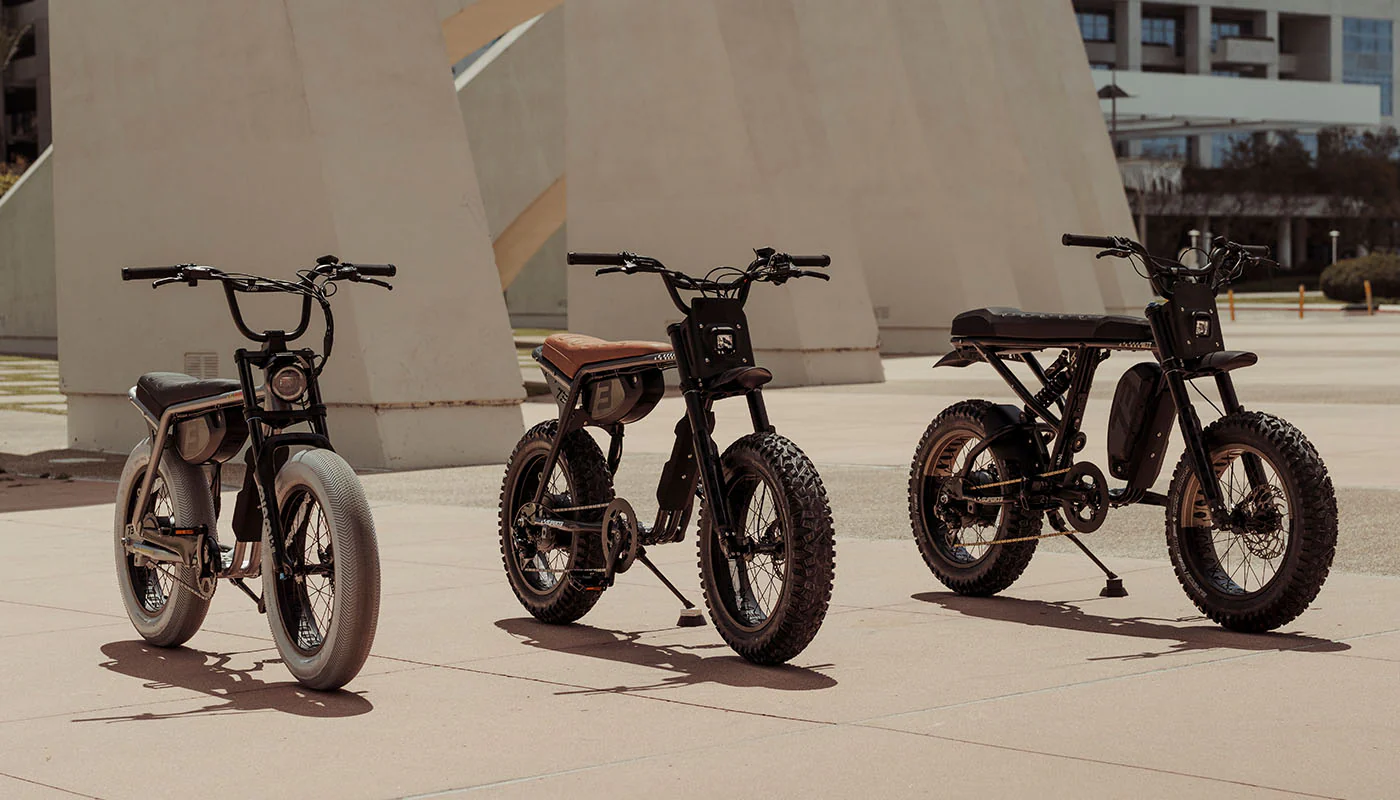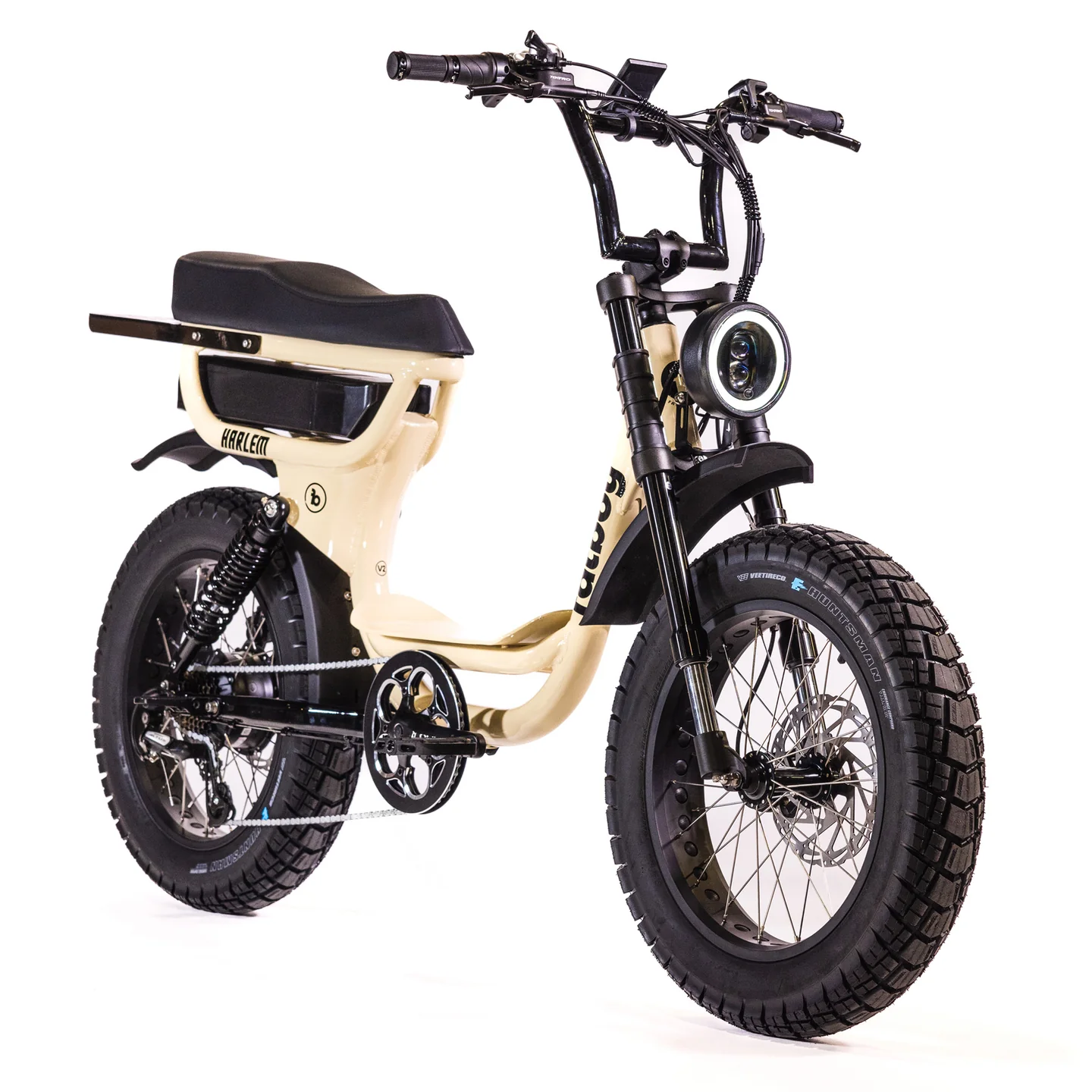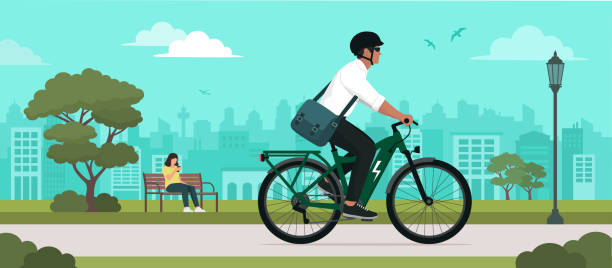16 March 2025 | 5 minute read
What are the speed limits for electric bikes?
Electric bikes (or e-bikes) are becoming a popular way to get around in Australia, offering a convenient, eco-friendly alternative to cars for short trips and commutes. But with rising speeds and power options, it’s important to understand the legal limits. In most Australian states and territories, e-bikes are limited to a maximum speed of 25 km/h when using the motor. After that point, you can go faster—but only by pedalling under your own power.

‘Power assisted bicycle’
To stay within the legal definition of a “power-assisted bicycle” (which doesn’t require registration or a licence), your e-bike must either have a motor output of no more than 250 watts (for pedal-assist models) or 200 watts (for throttle-based models). Any electric bike that exceeds these limits could be classified as a motorbike or scooter under the law, which means it would need to be registered, insured, and ridden with a motorcycle licence.

Gear up
While 25 km/h might not sound fast, it can still pose serious risks in traffic or on shared paths—especially if you’re not properly protected. That’s why it’s highly recommended that e-bike riders wear protective clothing similar to what you’d wear on a motorcycle. This can include a properly fitted helmet, gloves, a jacket with padding, long pants, and sturdy shoes. Lightweight motorcycle gear or high-vis cycling clothing can offer a good balance between safety and comfort.

Safety first
As electric bike technology continues to evolve, more riders are pushing the limits of what these bikes can do. But safety should always come first. Make sure your e-bike complies with local laws, wear appropriate protective gear, and ride responsibly—especially in busy areas. It’s all about enjoying the benefits of e-mobility without putting yourself or others at risk.
